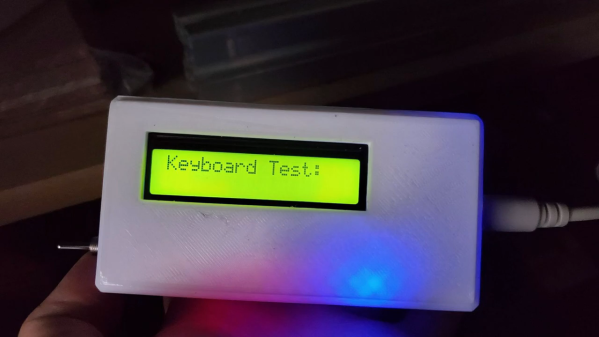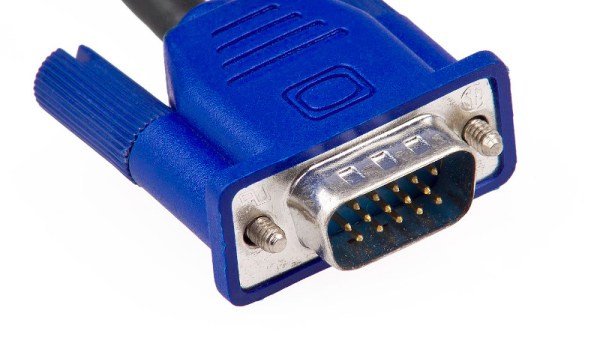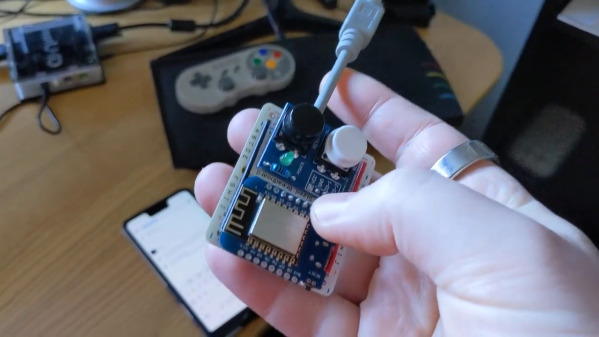Learning Morse Code is no longer a requirement for HAMs in many jurisdictions, but it’s still a nice skill to have. [I_void(warranties)] wanted to learn, but couldn’t find a trainer that fit his style. What to do but build it yourself? Since we’re in the midst of a challenge, he took up the gauntlet and turned his need to learn Morse into a 1 hertz Morse code game.
In concept it is quite simple: a message beeps out in Morse, with a corresponding LED flash, all in one second. The player then has one second to type think they heard. Get it done fast enough, and a character LCD will tell you if you scored.
The project is based around an Arduino Nano; thanks to easily-available libraries, a PS/2 keyboard can serve as input and a 2×16 LCD as feedback with no real effort expended. For the audible component of the Morse challenge, an 8-ohm speaker is driven right off a pin on the Arduino. We won’t claim this efficient design only took one second to put together, but it probably didn’t take too long.
Of course this trainer, unlike some we’ve seen, only helps you learn to listen to the stream of dots and dashes. None of the others ever tried to fit a One Hertz theme, or [I_void(warranties)]’s particular learning style. For some, decoupling send and receive might be just the ticket to finally learning Morse one second at a time.



![[rasteri] holding his HIDMan USB dongle](https://hackaday.com/wp-content/uploads/2024/11/retro-usb-1200.jpg?w=600&h=450)














